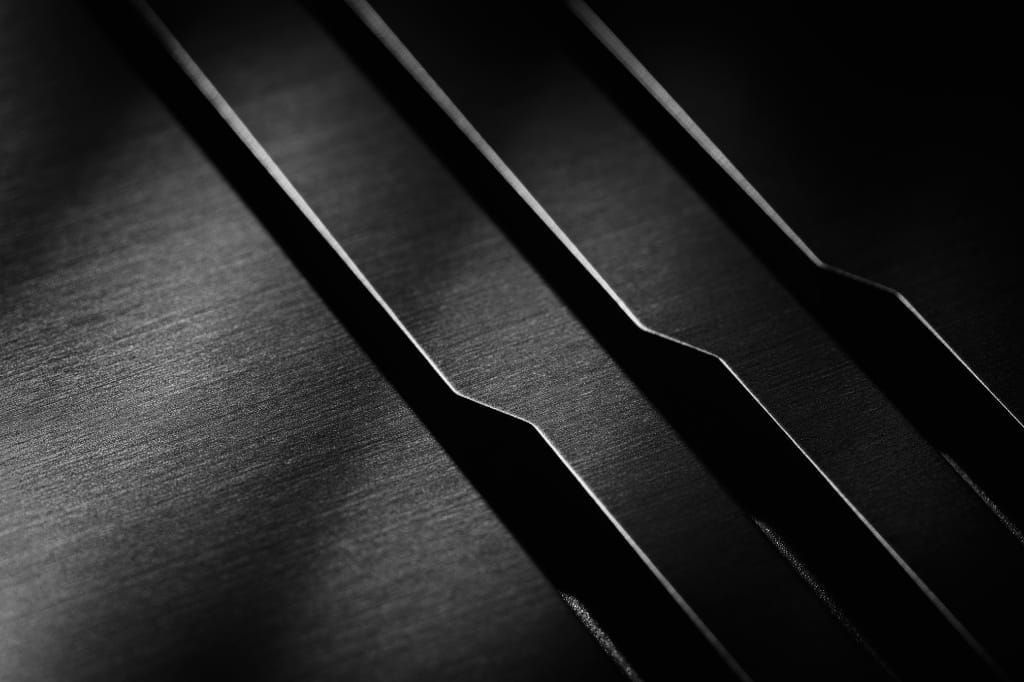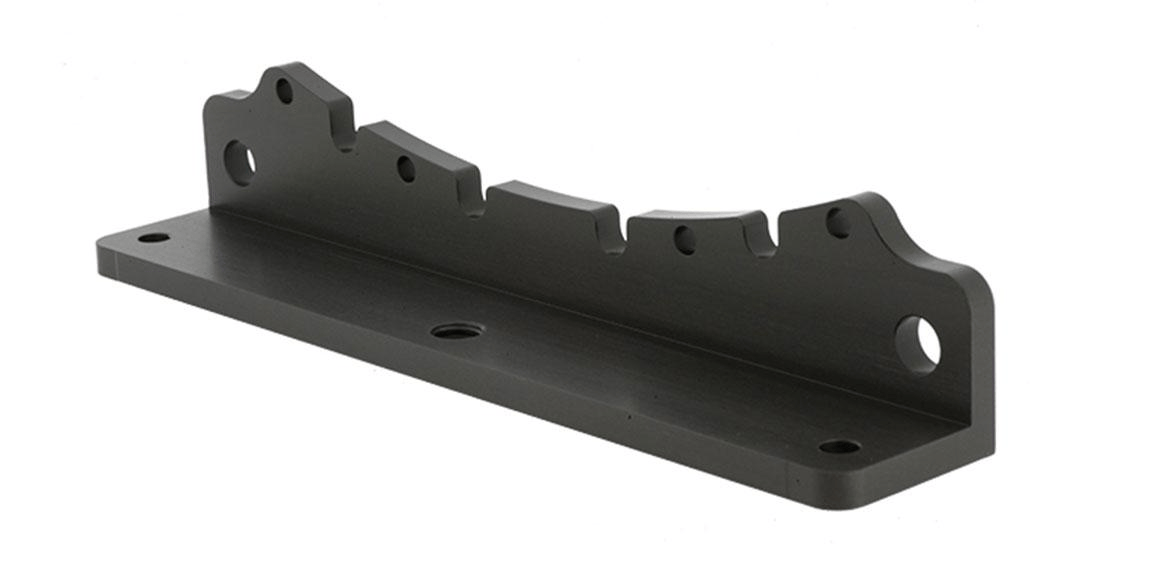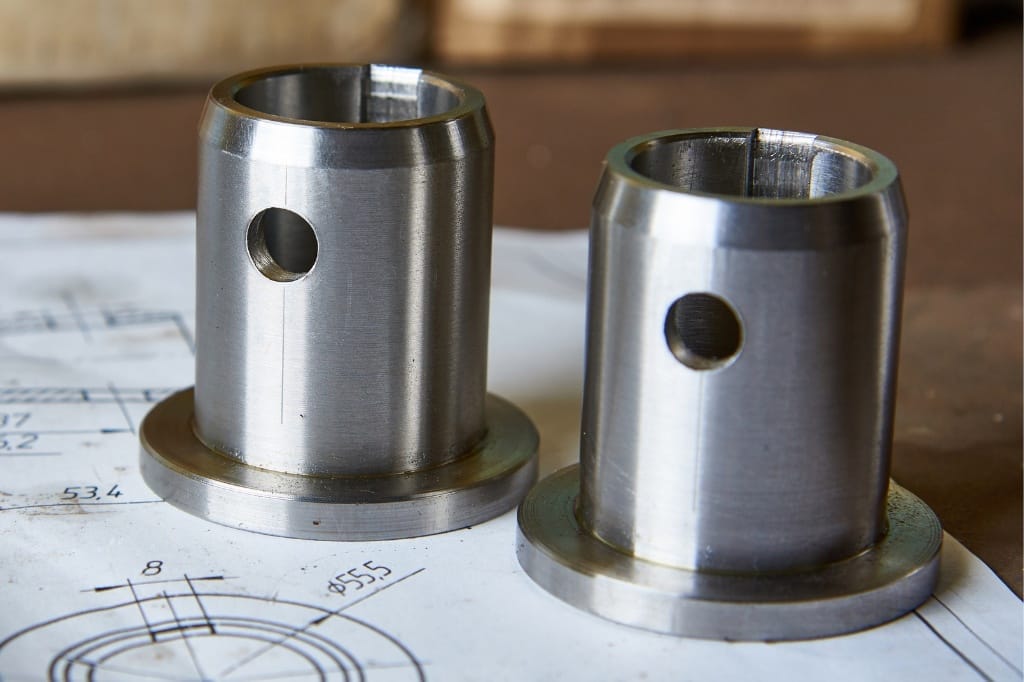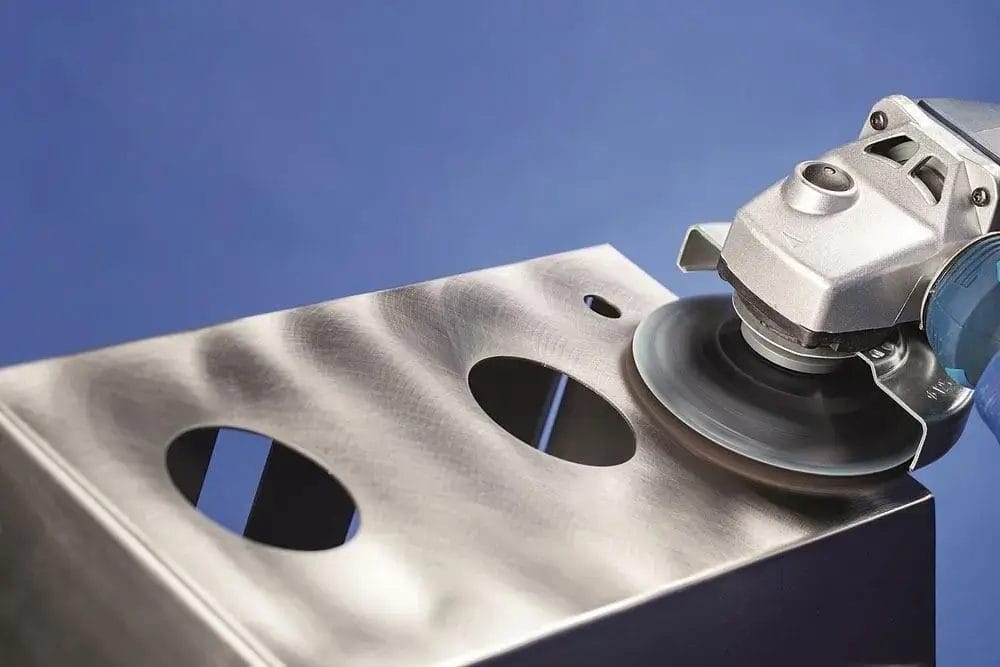Raw aluminum just doesn’t hold up without proper finishing. Unprotected, it quickly loses that initial shine and starts to look dull and tired. That’s where finishing treatments come in — they don’t just shield the metal surface, they completely transform how parts look and perform in the field. The right aluminum surface finish can take something ordinary and make it extraordinary — turning basic machined parts into components that look and feel premium.
Good finishing isn’t just about looks, either. These treatments dramatically extend component life while adding tremendous value to machined aluminum parts. Machine shops know the difference immediately — unfinished parts look industrial and temporary, while properly finished components command attention and respect. The right coating system essentially transforms standard CNC products into high-value components that outperform and outlast the competition.
Key Takeaways
- Mechanical finishes make things look better while chemical finishes focus on protection
- Anodizing creates this super-hard oxide layer that’s incredibly durable
- How you prep the surface makes all the difference in finish quality and how well it sticks
- You’ll run into industry standards like AAMA and MIL-STD that control coating specs
- Picking the right finish means balancing how much corrosion protection you need against looks and what the part actually does
What are Aluminum Finishes and Why are they Important for CNC Parts?
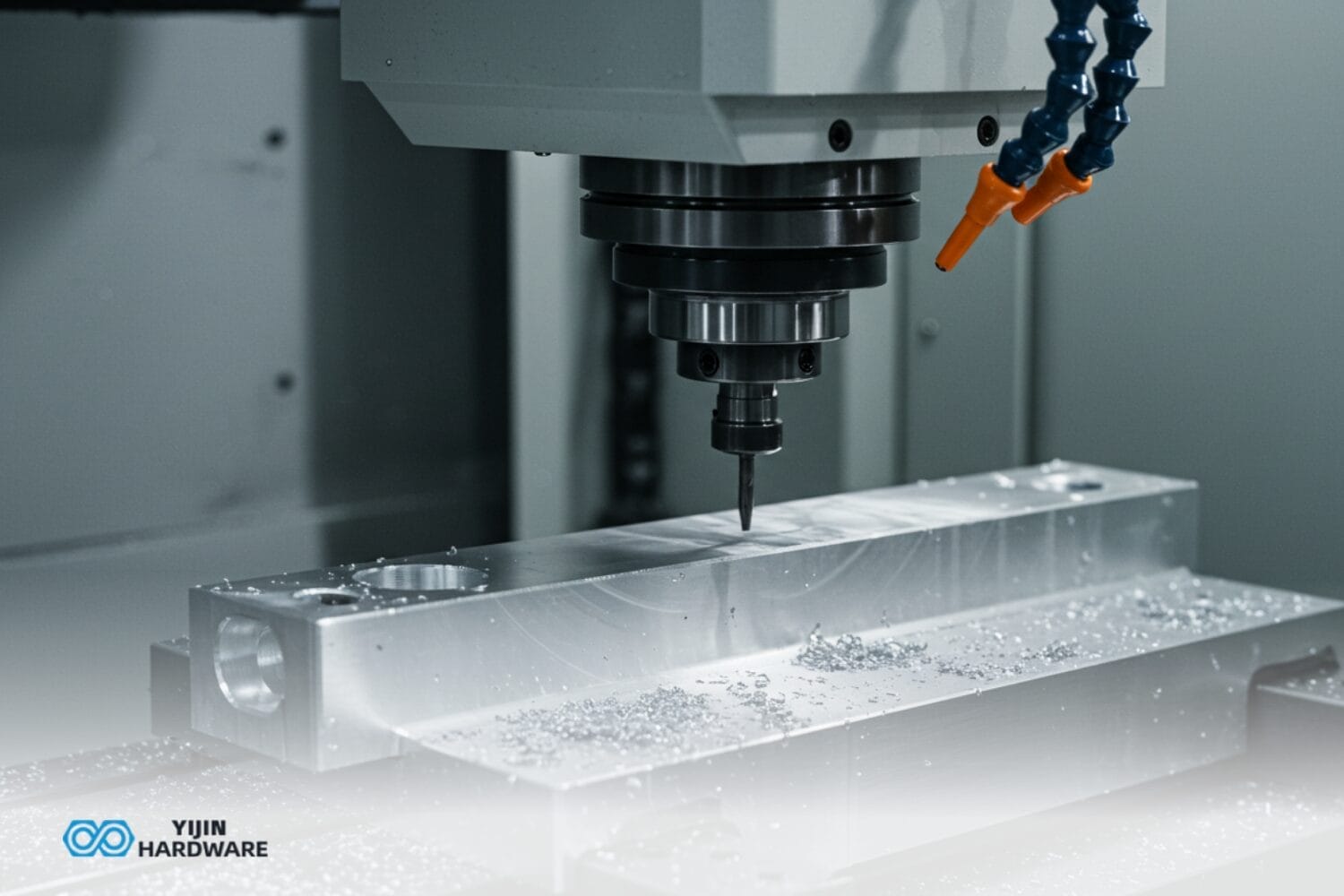
Aluminum finishes serve as both protective armor and beauty treatments for metal components. These surface treatments transform raw aluminum from a reactive metal into something wear-resistant, corrosion-fighting, and downright attractive. The Aluminum Association hasn’t left this to chance — they’ve created standardized designation systems using codes like AA-M10C22A41 to help everyone speak the same language when talking about different finishes and quality levels.
Here’s the problem these finishes solve: aluminum gets way too friendly with oxygen. Mill finish (untreated) aluminum quickly forms this inconsistent, patchy layer when exposed to air. While this natural oxidation provides some protection, it’s minimal at best and leaves parts looking dull and uneven. Proper aluminum finishing creates controlled, uniform surfaces that hold up reliably even in the most demanding environments.
The difference between finished and unfinished aluminum becomes glaringly obvious after just a few months in service — one stays looking professional, while the other deteriorates rapidly.
Benefits of Proper Aluminum Surface Finish

- Dramatically extends product lifespan — parts last year’s longer
- Makes surfaces way more resistant to everyday wear and tear
- Kicks up corrosion resistance to handle harsh environments
- Creates that controlled, professional appearance customers expect
- Opens up color possibilities through various dye processes
- Tweaks surface properties like electrical conductivity and friction coefficient
What are the Main Types of Aluminum Finishes?
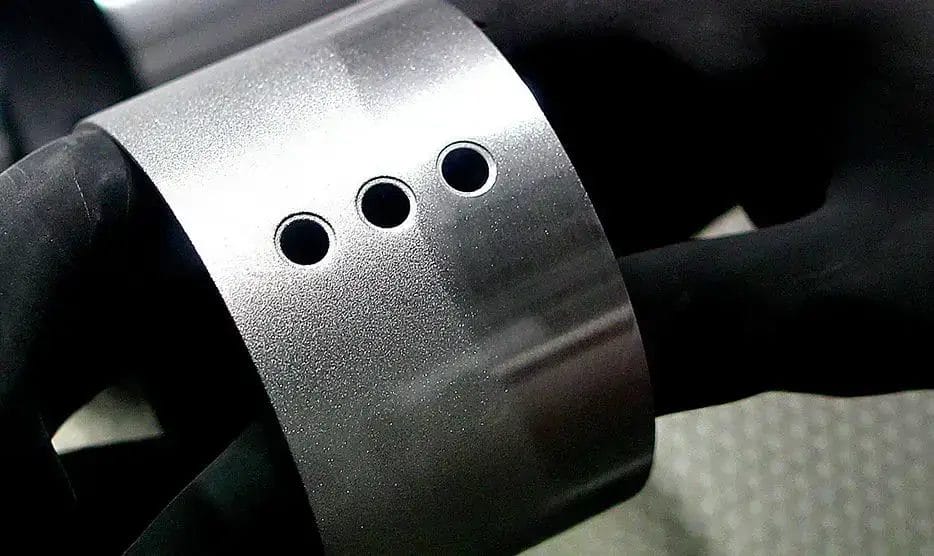
Aluminum finishes break down into two main categories: mechanical and chemical. Mechanical processes physically change the surface using abrasive media – think brushing, blasting, or polishing. Chemical processes actually transform the aluminum’s surface through reactions that create protective layers. Each approach serves different needs depending on what the part will face in service.
The finish choice often comes down to whether the part needs to look good, perform well, or both. Some applications demand appearance, while others require pure functionality.
| Finish Category | Primary Function | Protection Level | Process Examples |
|---|---|---|---|
| Mechanical Finishes | Appearance enhancement | Low-Moderate | Brushing, Polishing, Blast treatments |
| Chemical Finishes | Surface protection | High | Anodizing, Conversion Coatings |
The aluminum coating market is absolutely booming right now. Recent market research shows the segment growing from $6.47 billion in 2025 to a massive $9.75 billion by 2034. That’s a solid 4.7% CAGR over the next decade. These numbers aren’t just random statistics — they reflect the rapidly expanding uses for both protective and decorative coatings across aluminum products. As manufacturers push aluminum into more demanding applications, the need for specialized coatings that can handle extreme environments keeps driving market growth. Everything from architectural elements to automotive components needs these advanced finishes to perform at their best.
Mechanical Finish Characteristics
- Creates specific texture and reflectivity
- Primarily aesthetic in purpose
- May serve as preparation for subsequent finishing process
- Limited protective properties alone
- Controls light reflection patterns on aluminum surface
Chemical Finish Characteristics
- Forms protective barrier layers
- Significantly enhances corrosion and wear resistance
- Can incorporate paint colors and coatings
- Improves surface hardness
- Modifies high electrical conductivity properties
How do Mechanical Finishes Change Aluminum Surfaces?
Mechanical finishes literally reshape aluminum surfaces by physically removing material. These processes create all kinds of controlled textures – everything from mirror-like reflective surfaces to perfectly uniform matte finishes. Each technique uses specific abrasive media to achieve distinct surface characteristics that serve both functional and aesthetic purposes.
| Mechanical Finish | Surface Appearance | Application Method | Common Uses |
|---|---|---|---|
| Brushing | Directional, satin finish | Abrasive brushes/pads | Architectural designs |
| Polishing | Smooth, reflective | Progressive abrasives | Decorative and protective applications |
| Blast finishing | Uniform matte | High-velocity particles | Pre-treatment for coatings |
The difference between a properly executed mechanical finish and an amateur attempt jumps out immediately – professional finishes have that consistency and uniformity that cheaper processes just can’t match. Most high-end aluminum products use one of these mechanical finishes as either the final treatment or as preparation for additional chemical processes.
Brushing Process Details

Brushing aluminum creates these distinctive fine, parallel lines by running either nylon or wire brushes across the surface. What makes this finish special is how it diffuses light in this controlled, directional pattern that catches the eye. Consistency matters tremendously — keeping the brush moving in the same direction creates that characteristic appearance customers recognize instantly. As a bonus, the brushing process often removes those annoying minor tooling marks left over from machining operations. Most shops use automated equipment for this process to maintain that consistent pressure and direction that hand-finishing simply can’t match.
Blast Technology
Blast processes use compressed air to propel abrasive media against aluminum surfaces. Common media include:
- Aluminum oxide (angular, aggressive cutting)
- Glass beads (spherical, peening effect)
- Silicon carbide (hard, sharp edges)
- Plastic media (soft, less aggressive)
Polishing Techniques
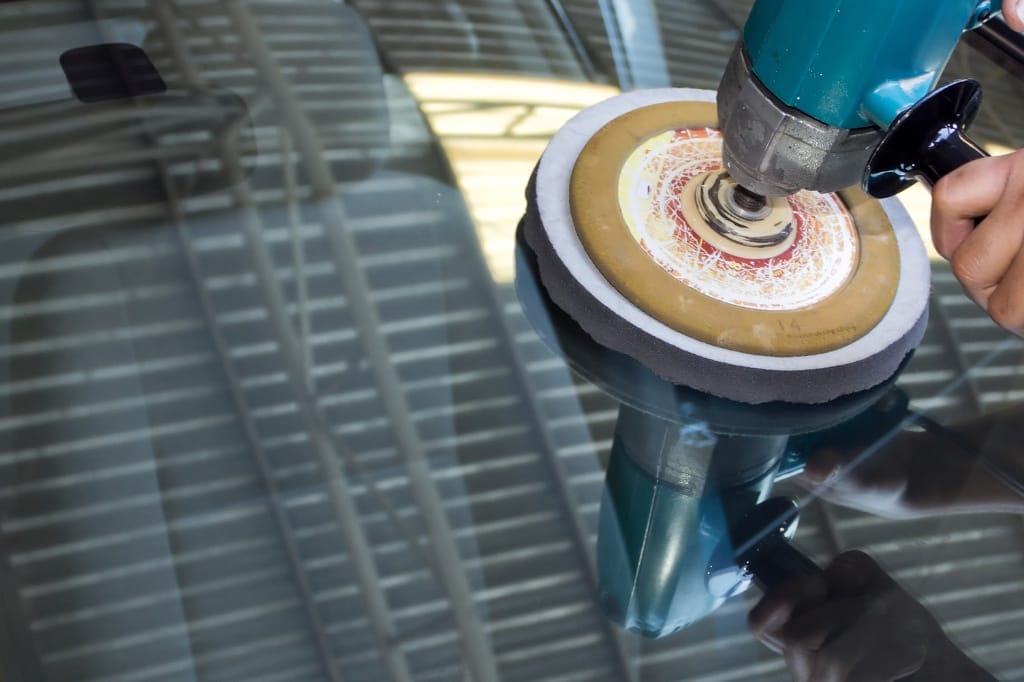
- Mechanical polishing: Uses rotating wheels with abrasive compounds
- Bright dipping: Chemical process creating high reflectivity
- Can achieve extremely smooth surface texture
- Removes microscopic surface irregularities
How do Chemical Finishes Protect Aluminum Components?
Chemical finishes do something pretty amazing — they literally transform aluminum alloy surfaces through chemical reactions that create protective coatings. These processes don’t just add a layer on top; they fundamentally change the surface properties to enhance durability, corrosion resistance, and functional performance. The king of chemical finishes is anodized aluminum, which creates a controlled layer of aluminum oxide through a sophisticated electrochemical process.
Anodizing Process Technology
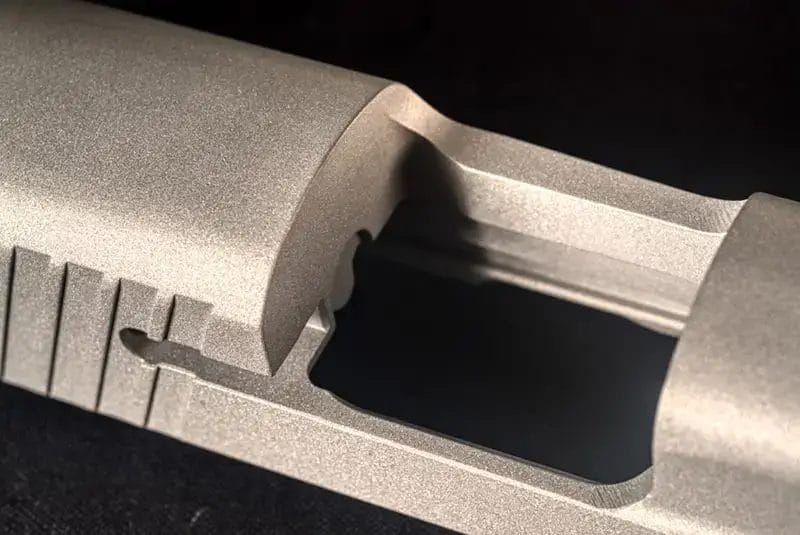
The anodizing process sounds simple but involves some complex chemistry. Aluminum gets submerged in an electrolyte bath while electrical current passes through it. This electrochemical reaction converts the surface into anodic aluminum oxide (Al₂O₃) – essentially a harder, more durable version of the natural oxide layer. What makes anodizing so versatile is the resulting porous structure, which can accept dyes before sealing for virtually endless color options. The three main finish types include:
| Anodize Type | Electrolyte | Primary Applications | Characteristics |
|---|---|---|---|
| Type I (Chromic) | Chromic acid | Aerospace, fatigue-critical | Thin coating, minimal dimensional change |
| Type II (Sulfuric) | Sulfuric acid | General purpose, decorative | Standard anodized finish, good protection |
| Type III (Hard) | Sulfuric acid (cold) | Wear surfaces, severe environments | Maximum hardness, excellent abrasion resistance |
Chemical Conversion Coatings

Chem film (like Alodine) creates protective layers through chemical reactions. These coatings:
- Form crystalline or amorphous structures
- Provide improved corrosion resistance
- Create excellent adhesion bases for subsequent coatings
- Maintain electrical conductivity (unlike anodizing)
Powder Coating Technology

Powder coating applies finely ground pigment and resin particles using an electrostatic spray gun. These particles melt and fuse during oven curing. Modern coating options include:
- Polyester formulations (for UV resistance)
- Epoxy systems (chemical resistance)
- PVDF (superior weatherability)
- Applied through electrostatic process for consistent coverage on extruded aluminum
Which Aluminum Finish is Best for Different Applications?
The optimal aluminum finish options depend on specific application requirements. Each industry has established standards for aluminum extrusion finishes based on typical service conditions. Finish selection must balance protection needs, aesthetic requirements, and functional specifications.
Architectural Applications
Architectural aluminum profile components follow AAMA standards:
- AAMA 611: Anodized aluminum finishes
- AAMA 2604: High-performance organic coatings (5-year exposure)
- AAMA 2605: Superior performance coatings (10+ year exposure)
Aerospace Requirements
Aerospace components typically use:
- Type I anodizing for fatigue-critical parts
- Type III hard anodizing for maximum wear resistance
- Chemical conversion coatings under standard paint systems
- Compliance with 6463 and other alloy-specific specifications
Consumer Products Considerations
- Decorative appearance for custom aluminum (high priority)
- Moderate protection for exterior applications
- Resistance to abrasion for handling
- Color consistency between production runs
How does CNC Machining Affect Aluminum Finishing?
CNC machining directly affects the surface of aluminum products and impacts finishing success. The machining-finishing relationship requires careful planning for aluminum part production. Surface preparation quality significantly affects coating adhesion and appearance.
Dimensional Considerations
- Anodizing adds material through oxidation
- Hard anodizing can add measurable thickness
- Critical dimensions require machining allowances
- Threads and precision holes may need protection
Surface Preparation Requirements
- Surface roughness affects finish types differently
- Tooling marks may show through certain finishes
- Proper deburring prevents finishing defects
- Contact points during machining may create finish variations
Integrated Process Planning
Successful aluminum finishing services require:
- Finish specification before machining begins
- Appropriate alloy selection (material affects finishing)
- Design features that accommodate finishing requirements
- Quality control procedures spanning both processes
What Quality Standards Apply to Aluminum Finishes?
Aluminum finishes must meet industry-specific quality standards that define performance requirements. These standards ensure protective finish options perform reliably. Understanding these standards enables proper specification for your machined aluminum components.
Aluminum Association Designation System
The AA system uses alphanumeric codes to indicate:
- M: Mechanical finishes
- C: Chemical finishes
- A: Anodic coatings
- Example: AA-M10C22A41 indicates specific process sequence
Industry Standards for Applications
- AAMA 611: Voluntary specifications for anodized architectural aluminum
- AAMA 2604: Voluntary specifications for high-performance organic coatings
- AAMA 2605: Voluntary specifications for superior performance coatings
Military Standards
MIL-STD-8625 defines:
- Type I: Chromic acid anodizing
- Type II: Sulfuric acid anodizing
- Type III: Hard anodizing
- Classes 1 and 2: Non-dyed and dyed respectively
Why Choose Yijin Hardware for Your Aluminum Finishing Needs
Yijin Hardware has built a reputation for exceptional aluminum finishes on CNC machined components. The integrated manufacturing approach means perfect coordination between machining and finishing processes — no disconnects or quality issues that plague multivendor projects. From initial design consultation through final finishing, Yijin Hardware offers complete solutions under one roof.
Ready to explore aluminum finish options tailored to specific application requirements? Contact us; our expert team is available now to discuss project needs. With state-of-the-art equipment and decades of combined experience, Yijin Hardware consistently delivers precision-machined aluminum components finished meeting even the most demanding industry standards. The difference shows in every component that leaves the facility.
Aluminum Finishes FAQs
How to surface finish aluminum?
Surface finishing aluminum isn’t rocket science, but it does require some careful steps. Start by thoroughly cleaning the aluminum using alkaline or solvent cleaners — any oils or existing oxides will ruin even the best finish. Next comes the big decision: go with mechanical methods if appearance is your priority, or choose electroplating/anodizing if protection matters most. The final touch? Apply appropriate sealants or topcoats to lock in that finish for the long haul. Skipping any of these steps typically leads to disappointment down the road.
How to give aluminum a matte finish?
Getting that perfect matte look on aluminum comes down to controlled blasting with the right media at specific pressures. Aluminum oxide or glass beads work best for creating that uniform non-reflective surface with consistent texture. Another approach? Chemical etching with caustic solutions — this microscopically roughens the aluminum’s surface in a controlled way. The trick is maintaining consistency across the entire surface, especially on complex parts with multiple faces. Most shops struggle with this balance between aggressive enough treatment to create the matte effect without creating an inconsistent appearance.
How to get a satin finish on aluminium?
A proper satin finish on aluminum requires mechanical brushing with exactly the right abrasive material and technique. Use nylon or wire brushes with appropriate grit, and always maintain consistent direction to create those characteristic fine, parallel lines that diffuse light beautifully. After brushing, thorough cleaning is absolutely essential. Consider adding clear anodizing or coating as the final step — this preserves the appearance while providing extra protection. The most common mistake? Inconsistent pressure during the brushing process, which creates noticeable variations in the finish that catch the eye immediately.
Back to Top: Aluminum Finishes


